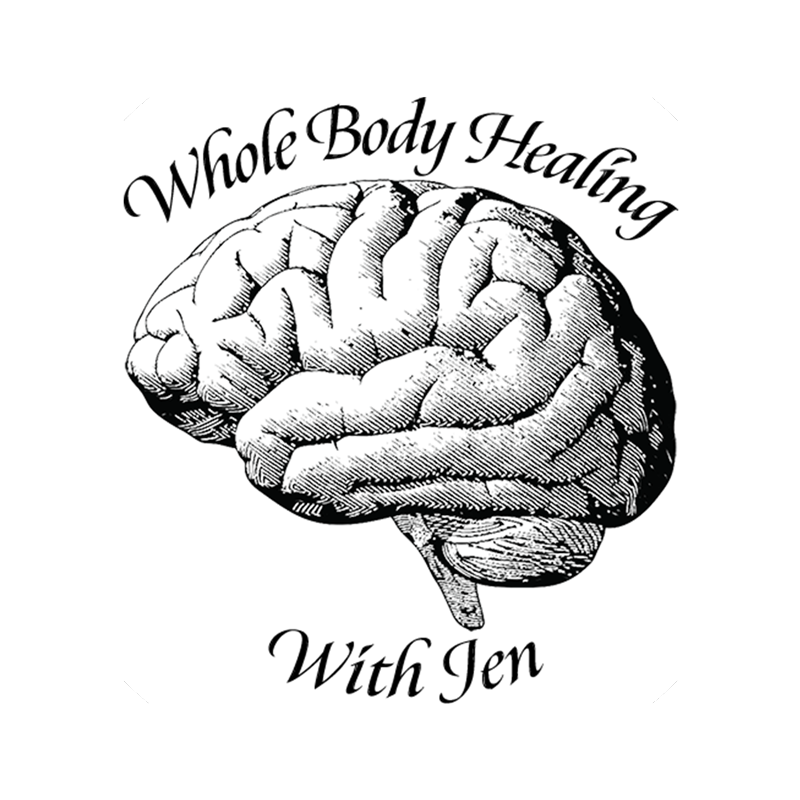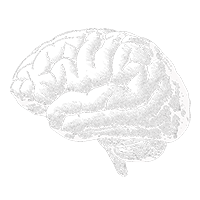Why You Can’t Rely On Plants for Protein
Why Animal Foods are the Best Protein Source for Improving Mental Health
The one thing carnivores, omnivores and herbivores all have in common is that we depend on protein for life. Proteins are involved in the metabolism of every molecule in the human body.
Protein is broken down to amino acids during digestion, which are then used to create the structure of cells and organelles, the enzymes that facilitate biochemical reactions, and allow the signaling and transport of nutrient compounds into the cells. There are 22 amino acids which each play unique roles in the body. Most are essential or conditionally essential, meaning the body cannot make them without raw material from food, or can but only inefficiently, and getting some amount from food is still important for optimal health.
As a nutritional therapy practitioner that specializes in treating the root cause of mental health and neurological conditions, I am particularly interested in the uses of amino acids for improving mood and overall brain health. One function of amino acids is that they are the raw materials that convert to neurotransmitters, which work in the brain as a major influence on our mood, behavior and mind state. Primary neurotransmitters include serotonin, GABA, dopamine and endorphins, which respectively create feelings of positivity, calmness, motivation and pain resilience. Low levels of amino acids in the body mean that there are less raw materials for the body to convert into these important neurotransmitters. Higher levels of amino acids have been associated with improved mental health outcomes. So how do we improve our amino acid status?
Although supplementation can be useful, increasing dietary protein intake is the foundational practice for increasing amino acid levels in the body. While all protein contains amino acids, not all protein is created equally. I suggest eating a minimum of 12 oz of animal protein a day (which can include meats, seafood, eggs and dairy). This may need to be increased depending on overall size, muscle mass, current nutrient deficiency status, and other energetic needs of the body including healing from chronic infection or other inflammatory state.
Does the protein have to be from animal sources? After all, any type of protein, even plant based protein, contains amino acids. Technically, you can get your amino acid sources from plants. But I do not recommend it to my clients as an effective source. Here’s why:
1. Soy and gluten are not friends to your brain
Major plant based sources of protein come from soy and gluten. They are the most common ingredients you see in vegan and vegetarian options in restaurant and ready to eat packaged meals. Unfortunately, compounds in these foods are highly inflammatory and can actually block the conversion from amino acids into neurotransmitters. They are also common allergens, hard on digestion (gluten especially promotes “leaky gut” which can be a major cause of mood disorders, autoimmunity, and other health concerns), and may even imbalance hormones (especially the phytoestrogens found in soy). For these reasons, I do not recommend that soy and gluten be a regular part of your diet when you are struggling with any mental health issue.
2. Excessive caloric intake
If we cut out soy and gluten as viable options, there are still problems with the other plant based proteins (other beans, nuts, and seeds). These are very calorically dense foods. They have a higher calorie to protein ratio than most animal based foods. This means that in order to get the amount of protein per day that I recommend (at least 90 grams a day), you would have to eat a very large amount of food, which may take you into an excess caloric state. Even psychologically, the sheer volume of food necessary to meet these protein needs may be difficult to successfully intake. Beans are also quite high in carbohydrates, which for many people will dysregulate blood sugar- and unstable blood sugar itself is a source of anxiety and mood disorders. For example, to get 90 grams of protein from beans, you would have to eat 6 cups, which also adds up to 150 grams of carbohydrates and 1350 calories from the beans alone. Additionally, many people experience digestive disturbance from high amounts of beans, nuts and seeds in the diet, due to the inflammatory lectin proteins found in many of these foods and the large quantity of fiber.
3. Complete amino acid profile
Animal proteins contain all 22 amino acids. Plant proteins do not. It is absolutely possible to strategically combine plant proteins in order to get a complete amino acid profile. However, this requires knowledge of which amino acids are found in which plants and intentional planning for how to combine them effectively on a day to day basis. However this is not realistic for most people and has the same potential problems to my other points]. I find that my clients struggling with their mental health often have a hard enough time eating regular meals on a day to day basis, let alone the level of energy, planning and execution required to successfully pull off getting your complete protein requirements from plants. Grabbing a steak is a better, simpler option to ensure complete amino acid intake rather than have to calculate and plan the correct combination of plant foods.
4. Omega 6/omega 3 ratio
Omega 6 and omega 3 fats are different types of essential fatty acids that we find in foods. On ancestral diets in which people have generally low rates of chronic disease, that ratio is about 1:1. Western diets, on the other hand, are generally low in omega 3s and high in omega 6s. The average ratio on a western diet is skewed towards omega 6’s with a ratio of 15:1! The more this ratio becomes skewed towards omega 6’s in a given population, the higher the incidence of chronic disease, and that includes mental health concerns.
Which whole foods are highest in omega 6? They are the foods that are generally eaten for protein on a plant based diet, such as nuts, seeds, and beans. There are a few exceptions such as flax and chia seeds, which are higher in omega 3s, however these alone cannot be relied on for protein on a plant based diet. Foods highest in omega 3s are generally animal based proteins, such as seafood, beef, and eggs. Coconut and olives also contain high amounts of omega 3s but are not an adequate source of protein.
The bottom line is this: yes, you can construct a diet with adequate protein and a complete amino acid intake on a plant based diet. If you are successfully implementing this way of eating and feeling energized and balanced in your mood- that’s great! However, there are many downsides, including potentially eating unnecessarily large amounts of calories, high amounts of carbohydrates, the potential digestive distress from the high amount of lectins and fiber, a skewed omega 6:omega3 fat ratio, and the need for intentionally planning of your meals to ensure you are eating complete proteins.
When I have my clients eat animal protein with every meal instead of relying on plant based proteins, I generally see positive results: improved energy, mood, and ease of digestion. It is simple, nourishing, and enjoyable. If you are struggling with your mood, re assessing your animal protein intake may be an excellent place to start your journey.
For more information, see
The Mood Cure by Julia Ross
The Hormone Cure by Dr. Sarah Gottfried
Why Isn’t My Brain Working by Dr. Datis Kharrazian
The Importance of the Ratio of Omega 6/Omega 3 Essential Fatty Acids
https://pubmed.ncbi.nlm.nih.gov/12442909/


